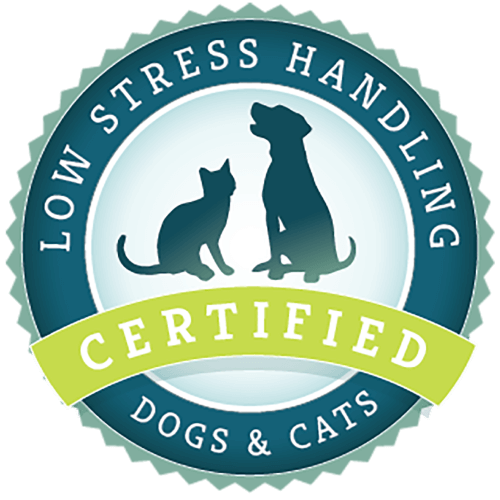What article are you looking for?
Category: Dogs
Asking or Demanding: Cue vs Command
Giving your dog a cue supplies an opportunity to earn a reward. Ordering your dog to comply instead may cause avoidance or fear.
Why Is My Dog So Stubborn?
Why is my dog so stubborn and won’t listen to me?
Shake a Paw for Nail Trims
Teaching “shake a paw” is a fun trick and can be helpful for nail trims.
What Is a Marker and Why Is It Used in Training?
A marker is a word, sound or gesture that signals the exact moment your pet has offered a behavior you like and want repeated.
The Low Stress Handling Movement: How Sophia and Her Cattle Dog Started It All
“With good handling, the patient should get better and not worse.” Sophia Yin
Understanding Your Dog’s Body Language
Understanding and respecting your best friend’s body language is essential to strengthen and maintain the bond between you.

Low Stress Handling® Silver-Level Certification
Individual Certification at this level demonstrates to clients and employers the individual’s dedicated interest in Low Stress Handling®. Hospital Certification at this level demonstrates to clients and staff the hospital’s commitment to appropriately training staff in Low Stress Handling® methods.
Learn More
